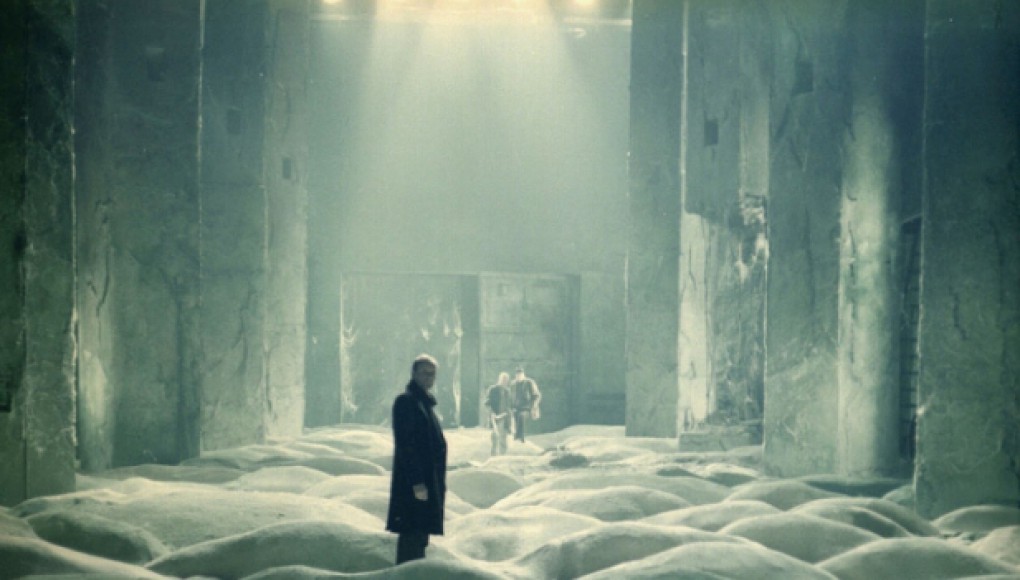Review written by Raul De Leon
A Quiet Place (2018)
Shhhhhh! You better keep quiet or it’ll be your head! The Office star, John Krasinski takes us into an unfamiliar terrorland where making a sound louder than a whisper means a date with death. As lead actor, co-writer, and director, Krasinski proves himself to be a well-rounded talent with this one-of-a-kind horror-suspense film that is sure to make you jump out of your seat.
Every minute of everyday is survival in a world that is dominated by sound. With virtually no exposition, we are placed in a nearby future date where humans are hunted by deadly, sightless, creatures who ruthlessly attack noise. The Abbott family of four live on a remote farm that is rigged for protection against the lethal audio-hunters, but the property can only form so much security. Lee (Krasinski), his pregnant wife Evelyn (Blunt), their deaf daughter Regan (Simmonds), and their young son Marcus (Jupe), whisper, use sign language, and tread softly with constant attention to their mortality. Any sound over forty decibels is a foot in the grave for the characters and some serious nerve-tingling entertainment for us.
Starting in the sunlight, with family background and an introduction to a cautious lifestyle in silence, the first half-hour stands rather ordinary, holding our interest only because of the unique situation we are in where nobody can make a peep. Shortly, the law of the land is broken, the sun sets, and we’re thrust into a whirlwind of tension, suspense, and fright that lasts for the remainder of the film. Your eyes will be super-glued to the screen as you jump and nibble your nails because these creatures are intense and the situations are agonizing.
The noiseless atmosphere is the soul of the film, and is what truly makes this a standout and memorable movie-going experience. It wouldn’t be right to not explore the element of sound, and Krasinski does it fantastically. Thanks to numerous smart choices, the final two-thirds of A Quiet Place never, not even for a second, loses hold of its audience. Having a deaf main character adds a whole dimension of anxiety while being an imperative factor in the story’s development. And you might imagine how a mother carrying a child can increase the unease.
One sequence in particular boasts a tremendous amount of writing, directing, and editing skill, in which every character is individually placed in a crucial situation that directly effects every other character’s safety. It puts the questionable relationships among the family to test, with the ultimate need; survival. Editor, Christopher Tellefsen (Moneyball, Capote) may very well earn a nomination next Oscar season for this Eisensteinian string of fearful adrenaline. And I wouldn’t be surprised if Krasinski sits beside him.
Being a unique horror film that is created by a familiar face with a background in comedy, A Quiet Place is naturally going to draw comparisons to Jordan Peele’s 2017 success, Get out. Krasinski’s movie may not have the brainy social commentary that Peele’s does but it does possess emotional depth in family bonding and unspoken love. Its sentimental moments create a big gap from itself and the countless horror releases that live purely off of scare tactics.
A Quiet Place began as a brilliant idea to be a movie that breathes in silence, and it made the precise creative decisions to accentuate that vision. It’s a movie experience like no other, that will be remembered for its innovative use of noiselessness. If you can only handle one scare-show this year, make it this one.
If you liked A Quiet Place, you might also like, Get Out (2017), The Descent (2005), [Rec] (2007), It Comes at Night (2017).
Check out the rest of my reviews on my website: Rauloncinema.com










